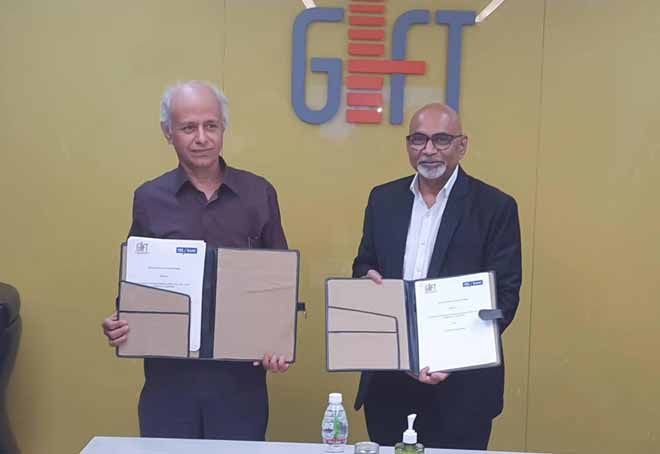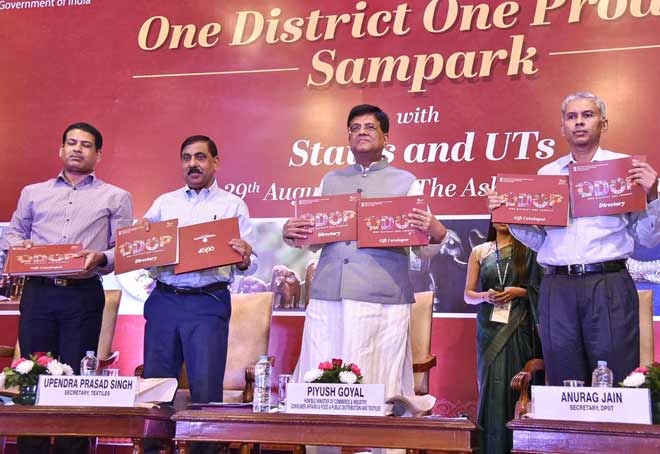Sericulture to be promoted in wastelands of Central India
Updated: Mar 08, 2013 05:15:21pm
“We have done a satellite mapping with the help of Indian Space Research Organisation and have identified the potential areas to promote tasar production” said Ishita Roy, Chief Executive Officer and Member Secretary, Central Silk Board (CSB).
However, the area to be covered under the proposed project would depend on the states and response from private land holders, according to Roy. Wastelands belonging to both the public and private are being considered for the sericulture project.
In all likelihood, an NGO would be the implementing agency to take on the responsibility of the plantation of trees such as Asan, Arjun and Sal on the wastelands.
The proposed move would not only enhance livelihoods but also combat extremism in states such as Chhattisgarh, Odisha and West Bengal among others, according to a newspaper report.
Mainly produced in Jharkhand, Chhattisgarh, Orissa and parts of Andhra Pradesh, West Bengal and Maharashtra,Tasar is a wild silk variety. It is largely used in furnishings and interiors, the coarse variety tasar silk produced by worms that feed on the leaves of trees such as Asan, Arjun and Sal.
Significantly, the project, besides contributing to green cover would also provide a source of income for the locals. In this regard, CSB is piloting the concept of seed rearing, making commercially available eggs of tasar silk worm for rearing.
India is the second largest producer of silk after China, its domestic consumption amounting to 28,700 tonnes which is the largest in the world. Significantly, in order to protect domestic producers, the government in the Union Budget 2013-14 has enhanced the import duty on raw silk to 15 per cent from the present five per cent.
Production of tasar silk has grown four-fold in the past six years, accounting for about seven per cent of the country’s total silk output of 23,060 tonnes in 2011-12 while mulberry silk accounts for 80 per cent. The board according to CSB’s CEO hopes to increase the output to 32,000 tonnes by 2017.
Currently, Mulberry silk is mainly produced in Karnataka, Tamil Nadu and Andhra Pradesh. But the Silk Board also plans to increase the production of mulberry silk in Jammu while targeting non-traditional states such as Uttarakhand, Himachal Pradesh and Uttar Pradesh.
An agro-based industry, Sericulture involves rearing of silkworms for the production of raw silk, which is the yarn obtained out of cocoons spun by certain species of insects. The major activities of sericulture, CSBstates, comprise of food-plant cultivation to feed the silkworms which spin silk cocoons and reeling the cocoons for unwinding the silk filament for value added benefits such as processing and weaving.
Sericulture has high employment potential; 60 lakh persons are currently engaged in various sericulture activities in the country, as per figures quoted by CSB. Not only does it provide vibrancy to village economies, it has a low gestation period and assures high returns.
An estimated Rs 12 to 15 thousand, excluding cost of land and rearing space is sufficient for undertaking mulberry cultivation and silk worm rearing in a one acre irrigated land. It is also considered a woman friendly occupation, eco-friendly and ideal for economically weaker sections of the society.











